



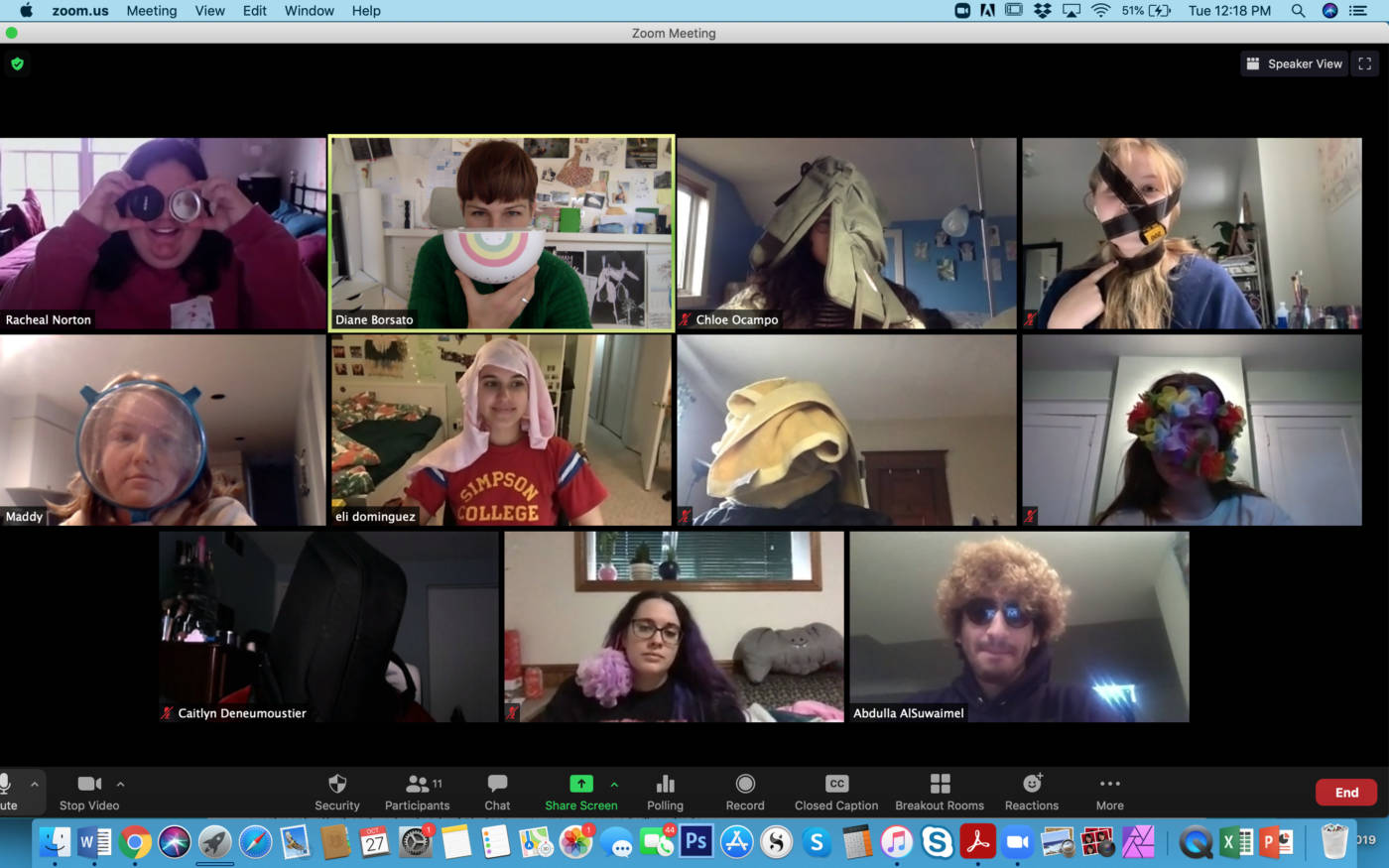









Summary of Work for Week 6
Nathan’s Tech Talk time:
1. How/where to download Affinity.
2. A few moves on Affinity photo to improve the quality of their images – colour, light, contrast, minor adjustments, and reducing image size for the blog.
________________________________________________________________

In the article Steinke says: When I look at masked people my brain still feels like its malfunctioning, a skipping sensation, a tenuous connection is reached for and missed.” Describe a situation from your recent experience where not seeing faces has caused significant misunderstanding, confusion, or grief.
Which of the faces discussed in the text were of particular interest to you and your experience? How do you think about these faces?
Who are you without your face? How is your experience different without your face in public? Can you imagine new ways to face the world?
MAURIZIO CATTELAN:
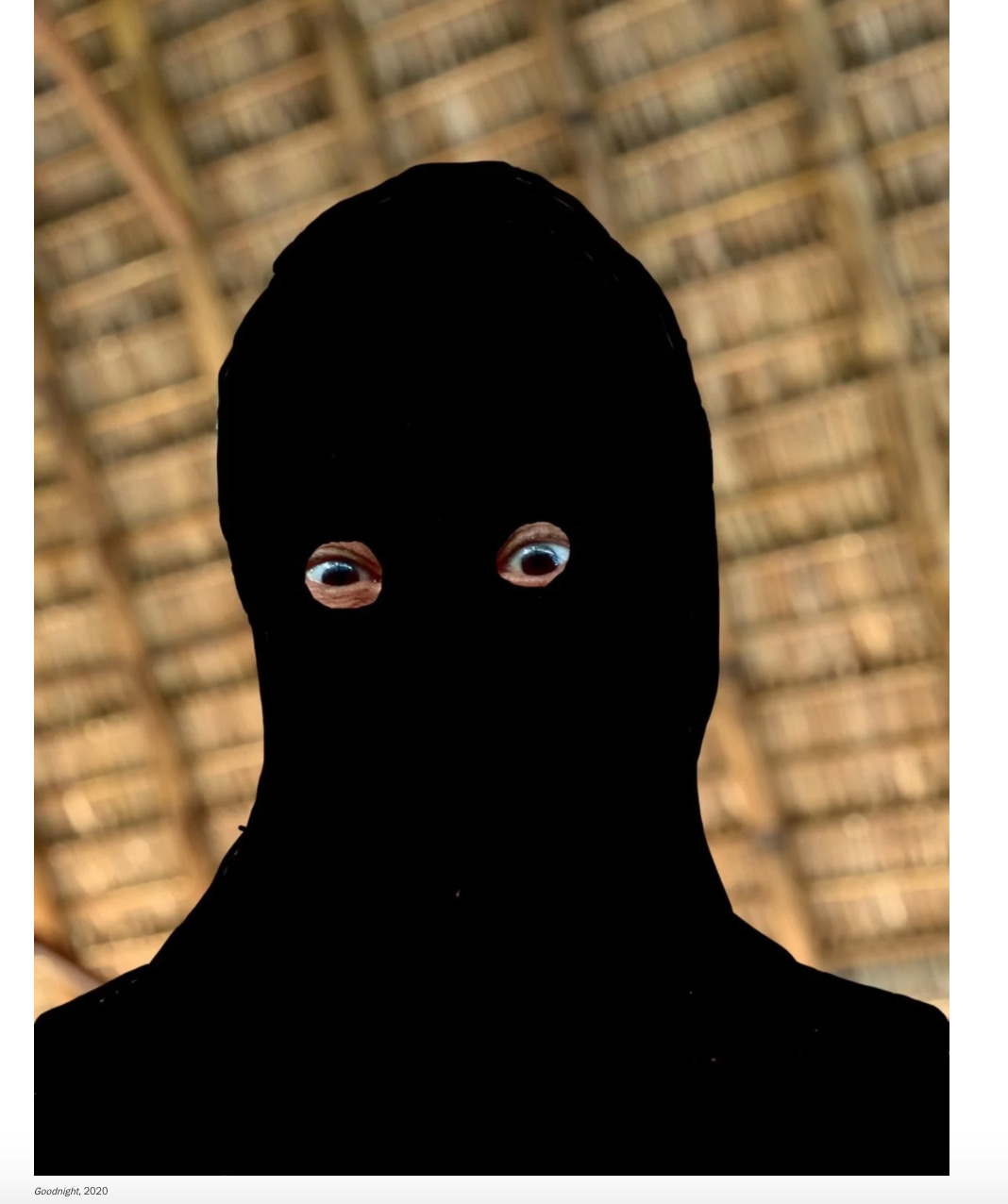
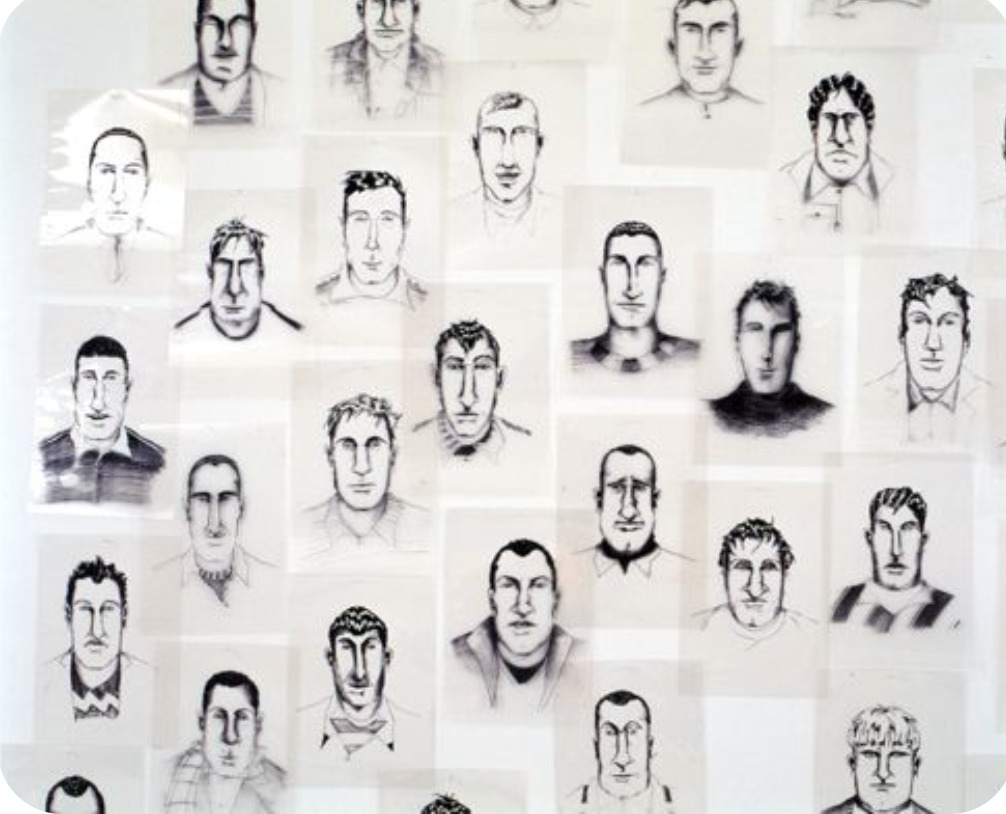
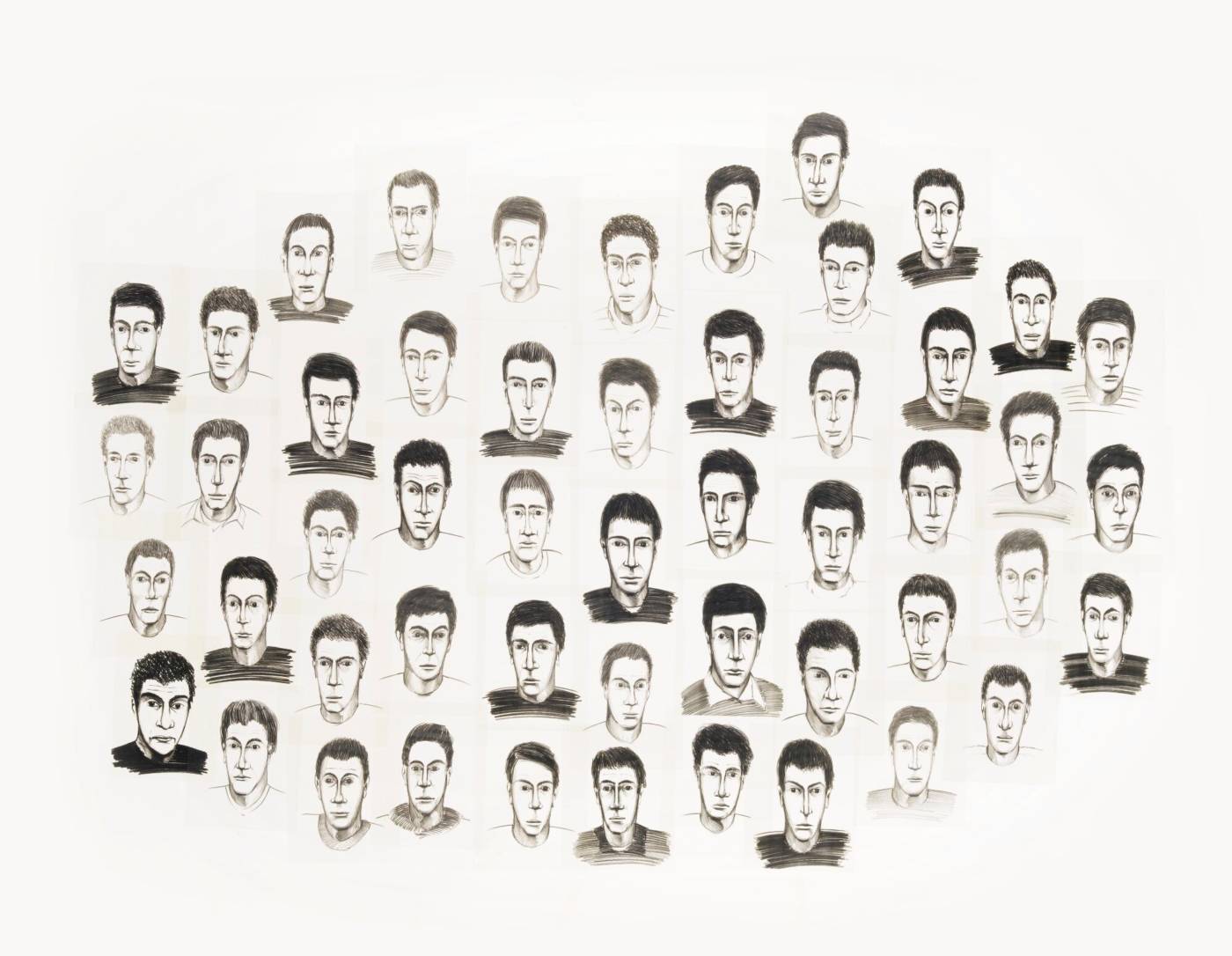
First created in 1992, the self-portrait Super Us
also demonstrates Cattelan’s irreverent
approach to this type of work. It consists of
multiple portraits of Cattelan produced by
police-composite-sketch artists and based on
accounts submitted by friends and
acquaintances. The results are a record of the
varying impressions that he had made on those
who provided the descriptions. Beyond
portraying the self as a network of other
people’s appraisals, Cattelan’s goal was also to
visualize the way in which our perceptions of
others can never form a complete picture. The
work provides 50 different views of the artist,
presenting a multiple and fractured self rather
than a unified, integrated whole. Cattelan
states, “That piece was really about how people
around you perceive you in different ways than
how you really are. So I was thinking about
visualizing the idea of the self. The drawings
really looked like me, but at the same time they
were like cartoons. They were terrific. I don’t
know if it was a fluke.” From Guggenheim.org
JANINE ANTONI:

Janine Antoni has crafted her personal aesthetic out of everyday activities and the objects that surround them. In particular she focuses on the rituals of the body, such as eating, sleeping, and bathing, as well as what would once have been called “women’s work,” such as mopping and weaving. A polyglot when it comes to mediums, Antoni has created sculptures, videos, photographs, and paintings, but the unifying substrate in her work has always been her body and the actions and contexts that encode it.
Two photographic works have used her parents as sculptural material. In Mom and Dad (1994), Antoni made up each of her parents in the guise of the other, photographing them together in three different permutations with either one or both of them costumed in this way From Guggenheim.org
GILLIAN WEARING:


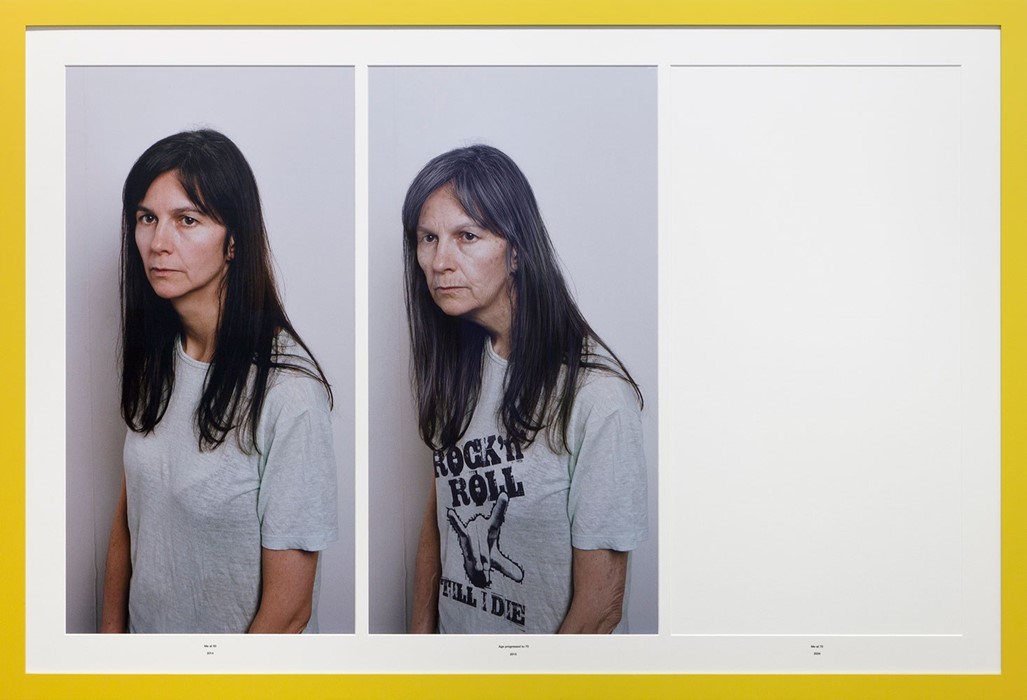
ANA MENDIETA:

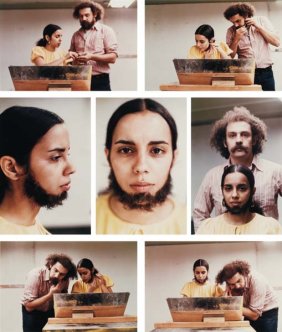
Ana Mendieta – Facial Hair Transplants, 1972
Ana Mendieta’s “Untitled (Facial Hair Transplants)” is a unique work that examines the boundary of what is typical for men and women. In this 1972 work, Mendieta transfers the beard of a fellow student at the time, Morty Sklar, onto her own face. The actual work is a group of photographs documenting the process and final result. (From here)
ERWIN WURM:


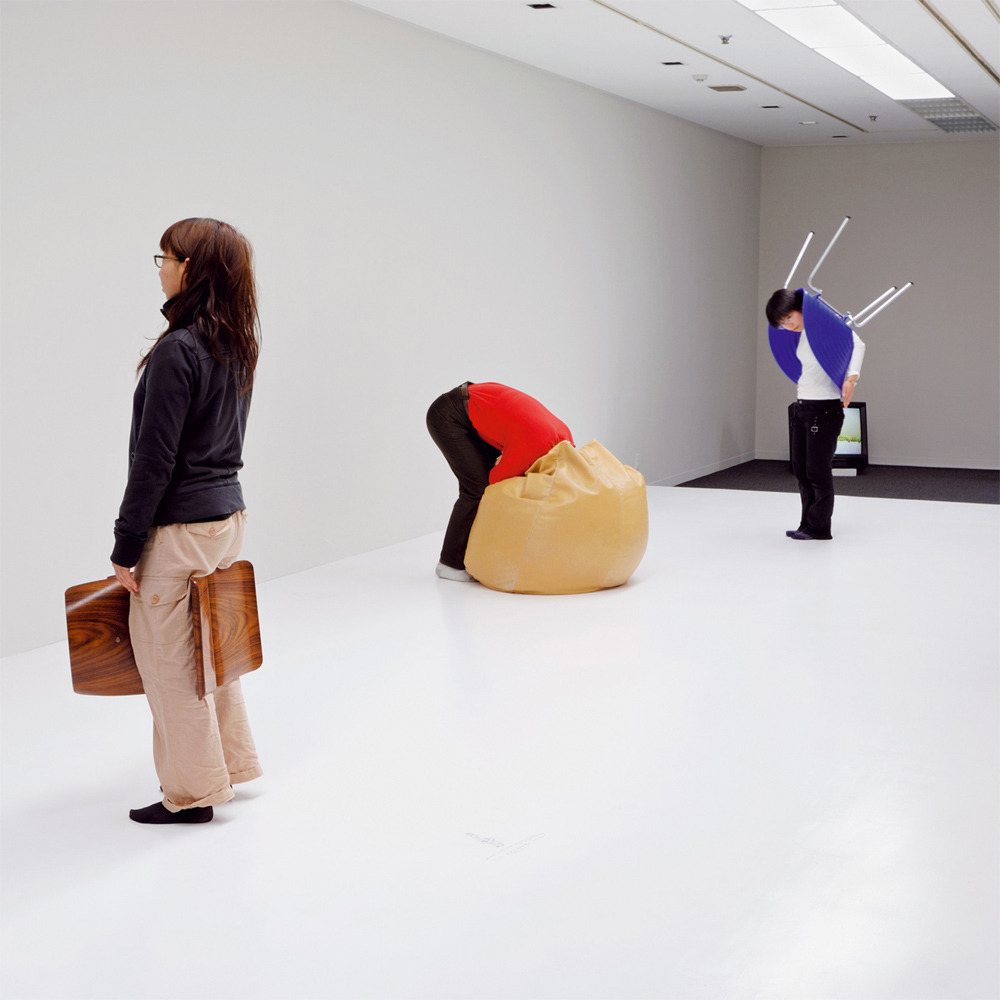
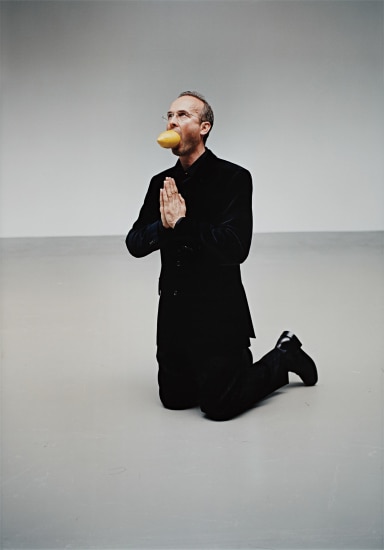

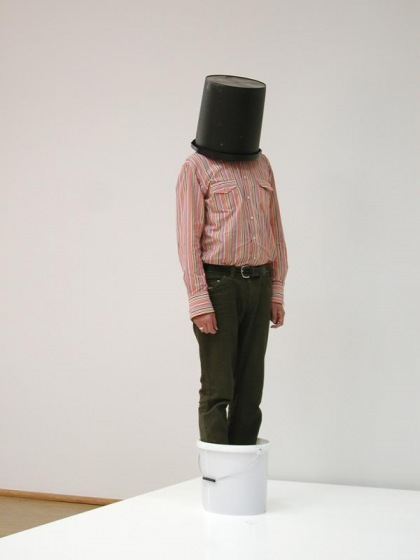



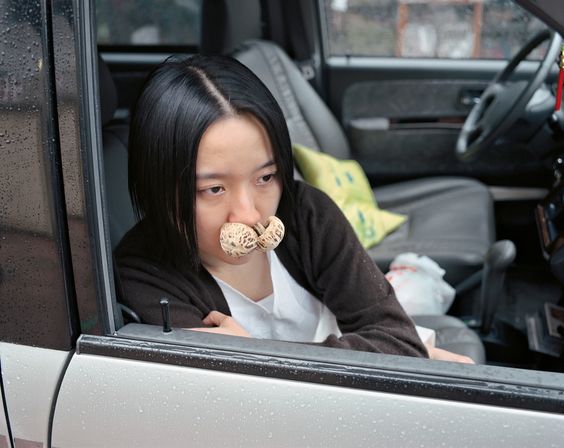
Erwin Wurm: From top – One-Minute Sculptures (ongoing series)
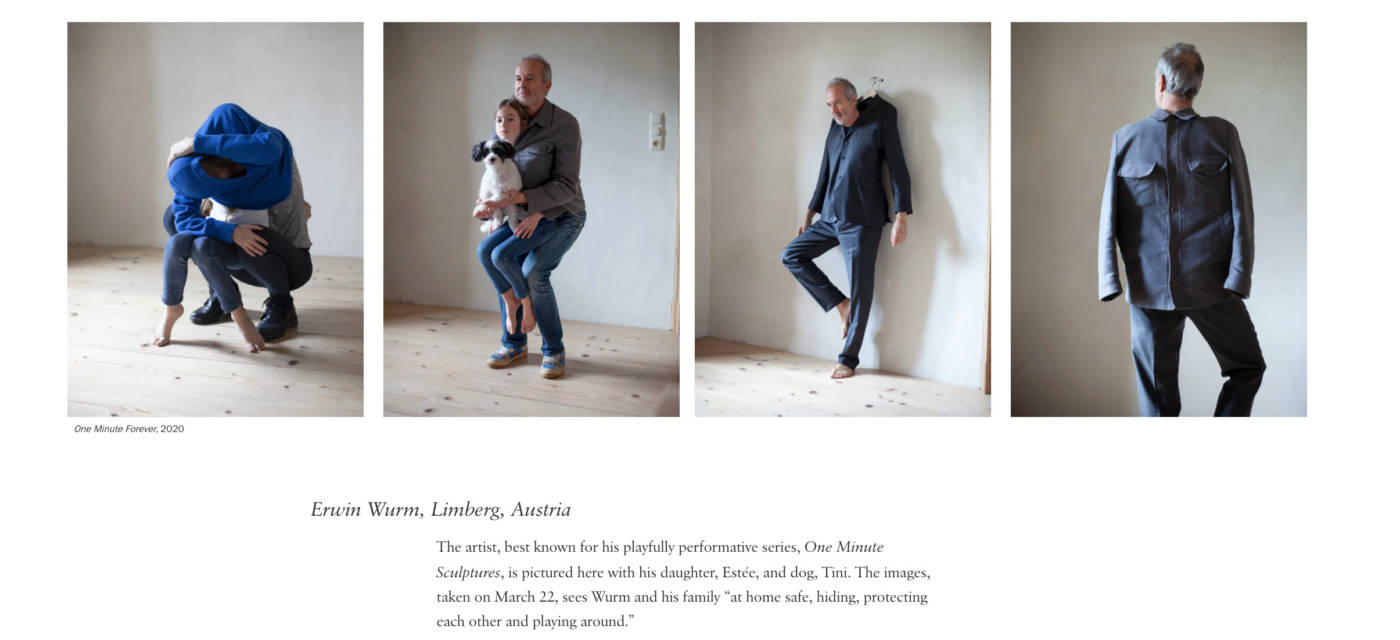
Cindy Sherman (and follow her instagram for regular posts of facial transformations)

Jackie Nickerson
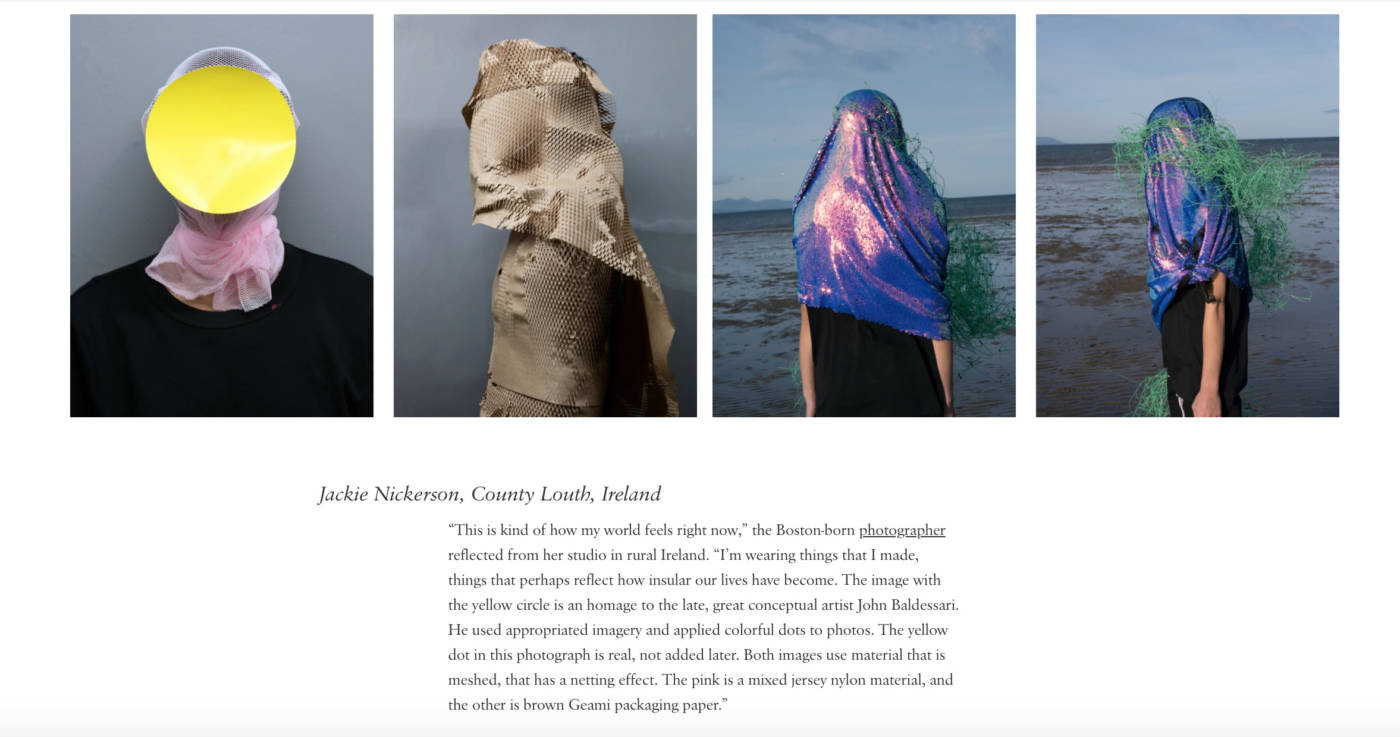
Nina Katchadourian


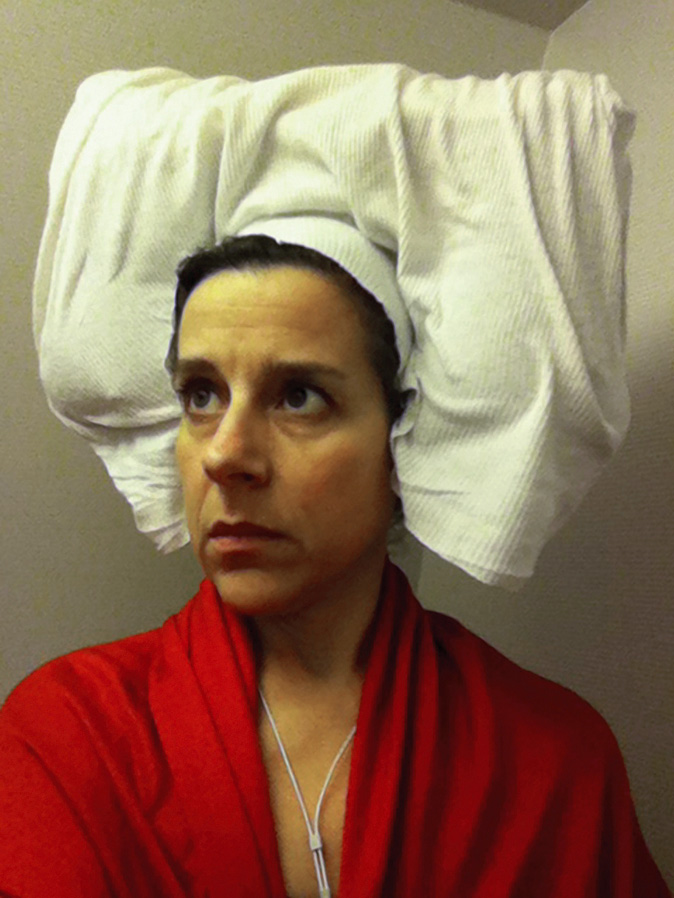

Improvising with materials close at hand, Seat Assignment consists of photographs, video, and digital images all made while in flight using only a camera phone. The project began spontaneously on a flight in March 2010 and is ongoing. At present, over 2500 photographs and video, made on nearly 200 different flights to date, constitute the raw material of the project.
While in the lavatory on a domestic flight in January 2011, I spontaneously put a tissue paper toilet cover seat cover over my head and took a picture in the mirror using my cellphone. The image evoked 15th-century Flemish portraiture. I decided to add more images made in this mode and planned to take advantage of a long-haul flight from San Francisco to Auckland, guessing that there were likely to be long periods of time when no one was using the lavatory on the 14-hour flight. I made several forays to the bathroom from my aisle seat, and by the time we landed I had a large group of new photographs entitled Lavatory Self-Portraits in the Flemish Style. I was wearing a thin black scarf that I sometimes hung up on the wall behind me to create the deep black ground that is typical of these portraits. There is no special illumination in use other than the lavatory’s own lights and all the images are shot hand-held with the camera phone. At the Dunedin Public Art gallery, the photos were framed in faux-historical frames and hung on a deep red wall reminiscent of the painting galleries in museums like the Metropolitan Museum of Art. From Nina Katchadourian
Jan Hakon Erichsen
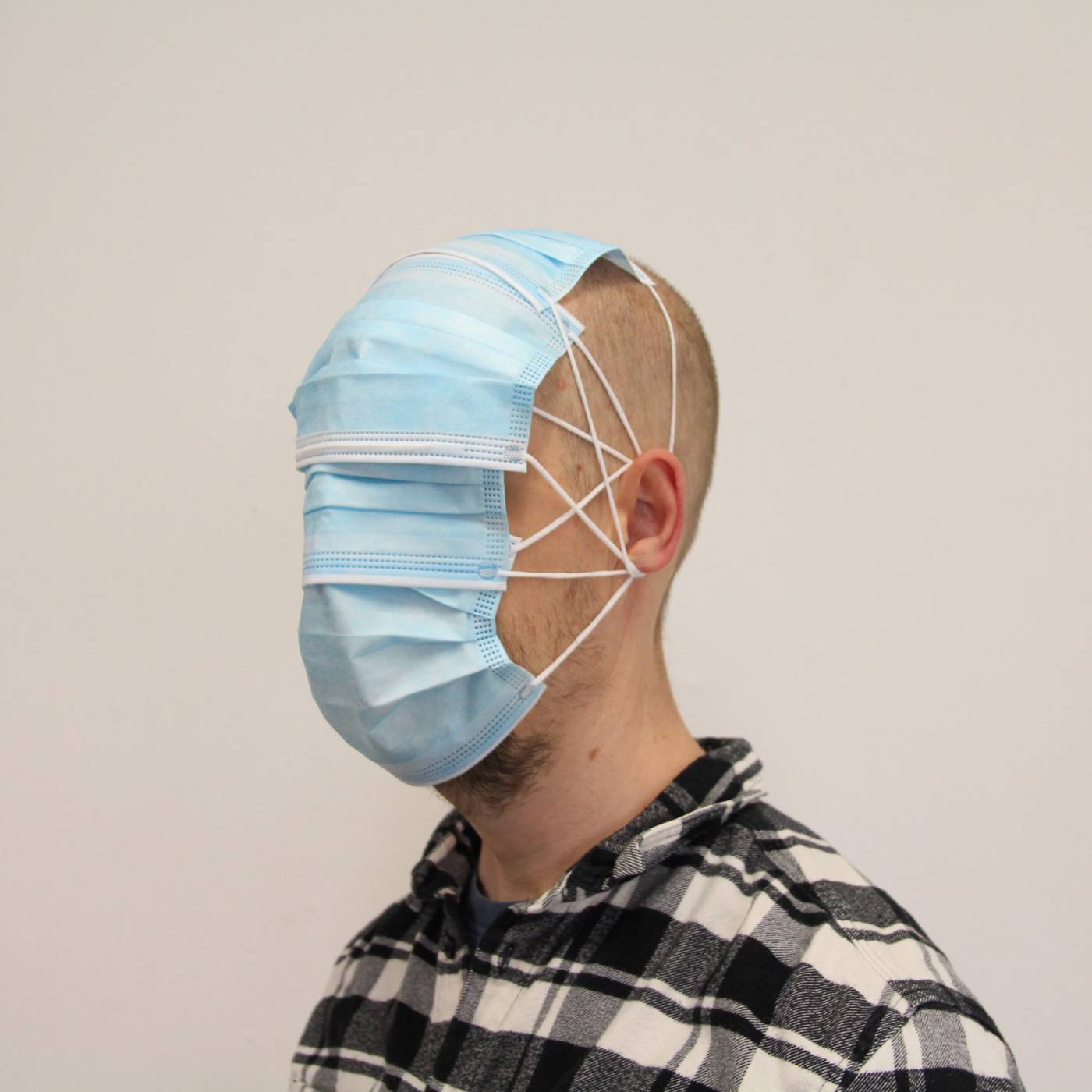


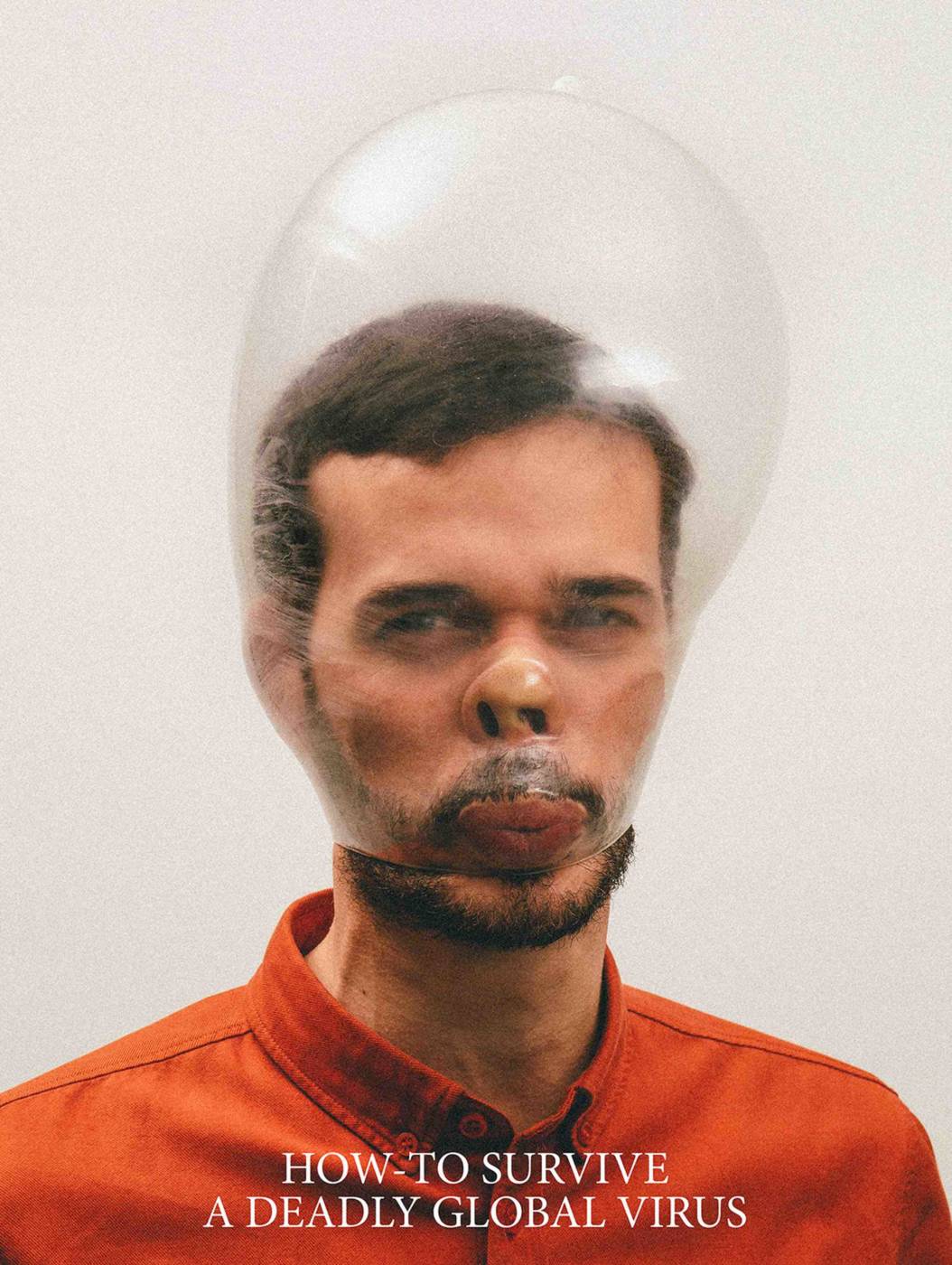


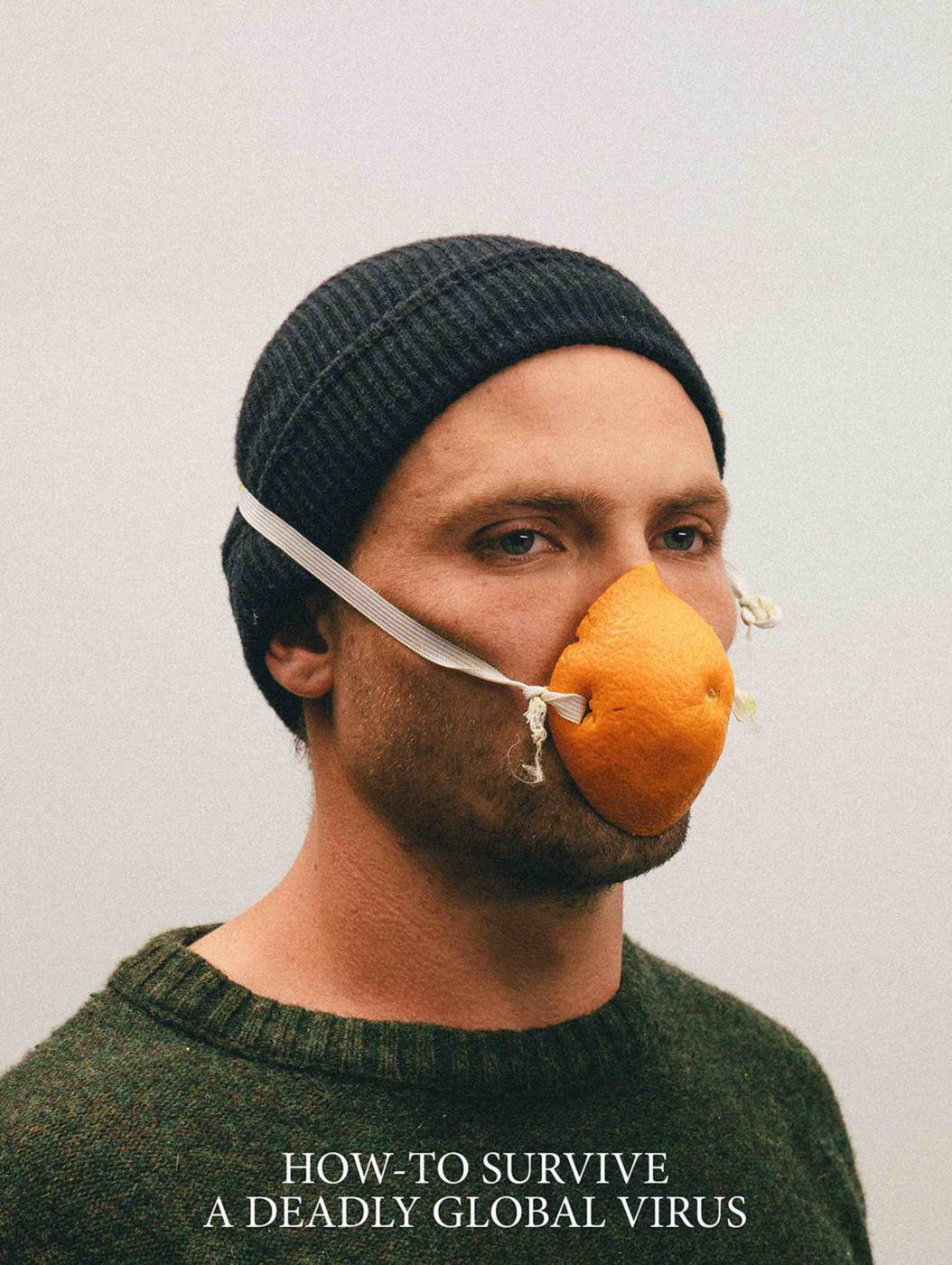
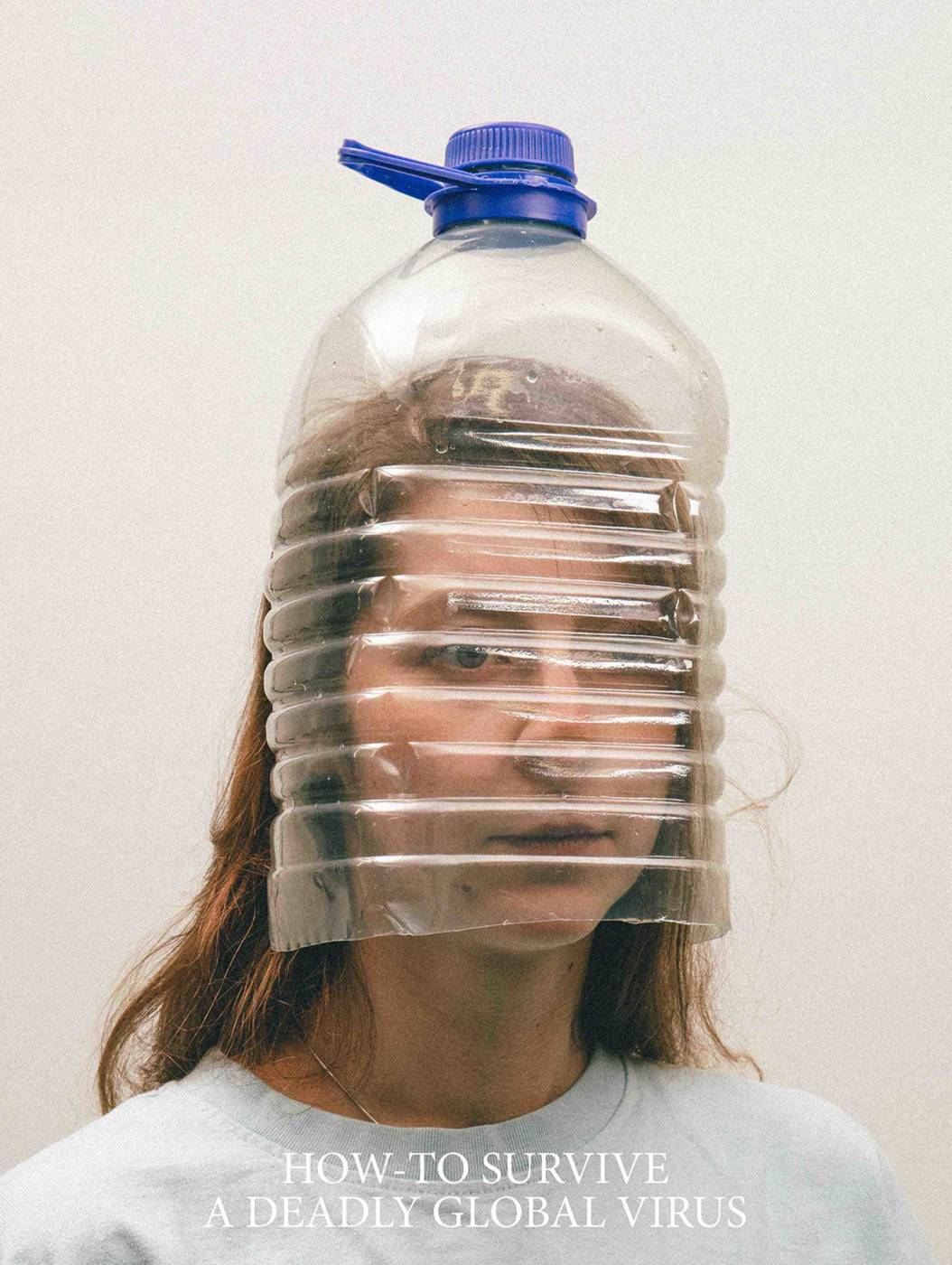

EXCERCISE:
Change your face three ways. Make up a new face, or a new way to hide your face. Make an alternative pandemic mask. Use your face as the base of a sculpture. Make your face into something that is not a face. Or that is someone else’s face. Be playful, and see how many ways you might explore your own face, and to think about faces in this moment.
You must do this manually, using materials found around your home – not by altering/photoshopping the images. Some gestures might be light and quick, some might take more time.
Document your new face with your computer (like in zoom) or with a tripod and photo timer, or have someone in your household help out.
Post your three best transformations, with a brief description of each.
All work (from week 1-5) due AT THE LATEST: Tuesday Feb. 23rd (before next class, after reading week!)
There is no new work to complete for this week .
I will be checking your Student page on the blog to find the work from the past 5 weeks. This is how your work will be evaluated. If work is incomplete, your will be deducted according to the amount of work incomplete. If everything is complete and the minimum requirements of each assignment are met – you will automatically receive a 75%. If it is completed with above-average level of curiosity, investment, effort and understanding of ideas – you may receive a higher grade.
See each week’s post to find a summary of work that should be on your blog.
Notes for weeks 1-5 (worth 20% of final grade)
Notes will be evaluated for completion, evidence of curiosity and full engagement with material, level of understanding of critical ideas at play.
Exercises for weeks 1-5 (worth 20% of final grade)
Exercises will be evaluated for completion, evidence of historical precedents for the work, understanding of conceptual ideas at play, evidence of technical investment and effort, evidence of experimentation and adventurousness.
TECH TALK TIME: In this week’s class, Nathan will talk about formatting your videos for uploading to the blog, and how to upload media to WordPress. Bring your questions – Nathan will join us for the last 20 minutes of each class.
Summary of work for Week 4:
–
–
You must be logged in to post a comment.